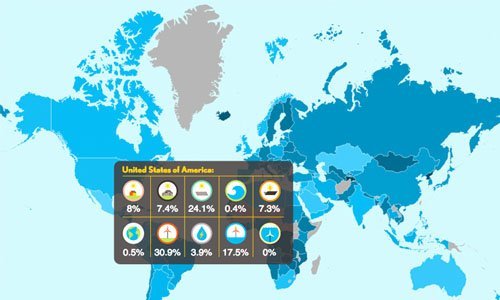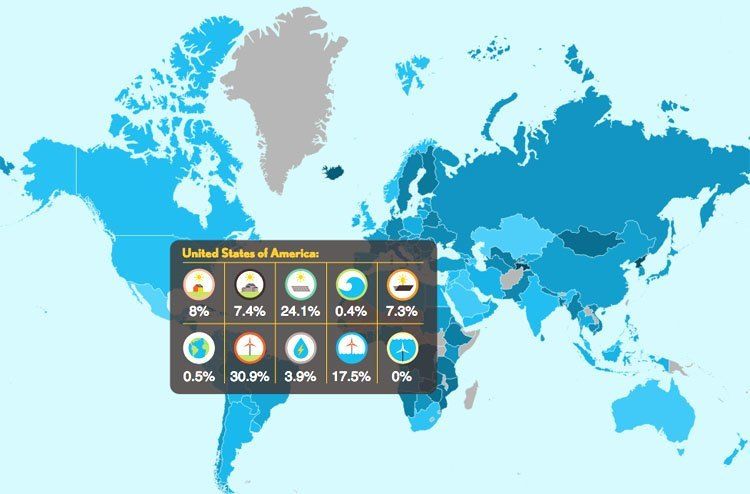
100% Renewable-Powered World ‘Technically Feasible and Economically Viable’ by 2030


The first report by IRENA, RE Thinking Energy, points out that the transition to a sustainable energy future by 2030 is technically feasible and economically viable.
New REthinking Energy report says renewables poised to deliver climate solution #REenergise https://t.co/vZibn0WW9O pic.twitter.com/xNH8gJCF3x
— IRENA (@IRENA) November 23, 2015
On the same day, Morocco announced its plan to launch a gigantic solar plant next month, capable of providing power to 1 million people.
IRENA’s report offers five key points for making this a vision a reality:
- Strengthen the policy commitment to renewable energy.
- Mobilize investments in renewable energy.
- Build institutional, technical and human capacity to support renewable energy deployment.
- Harness the cross-cutting impact of renewable energy on sustainable development.
- Enhance regional engagement and international cooperation on renewable energy development.
“The strong business case for renewable energy has made the energy transition inevitable,” IRENA Director-General Adnan Amin said.
The Stanford University report goes a step further than IRENA, laying out roadmaps for 139 countries to go 100 percent renewable by 2050. According to the report, 100 percent scientifically doable. They even have a nifty interactive map showing all the countries and their plans.
“I hope that the 139 country roadmaps, together with a just-published grid integration study for the U.S., will give confidence to leaders of the world that going to 100 percent clean, renewable energy for all purposes will not only provide reliable power at low cost, but will also create 22 million more jobs worldwide than it will cost, reduce international conflict over fuels because each country will largely be energy independent, reduce terrorism risk by providing more distributed power, eliminate the 4-7 million air pollution deaths annually worldwide and eliminate global warming,” said Mark Jacobson, Stanford University professor and main author of the report.
This global 100 percent renewable transition would create 24 million 35-year construction jobs and 26.5 million 35-year operation jobs for the energy facilities alone, the combination of which would outweigh by 22.1 million jobs lost in the conventional fossil fuel sector.
Furthermore, this transformation would eliminate 4.6 million premature air pollution mortalities per year today and 3.3 million per year in 2050, avoiding $25 trillion per year in 2050 air-pollution damage costs (equivalent to 7.9 percent of the 2050 139-country GDP).
https://twitter.com/IRENA/status/668745897375760385 have installed more than 35 percent of their energy as renewables. The current world average conversion is 3.8 percent.
This is why Jacobson plans to attend COP21 in Paris next week and present the report to all the 139 governments. “The conversion to 100 percent renewables is technically and economically feasible. The main barriers are still social and political,” the study concludes.
Now all we need is political will and feasibility to make this 100 percent renewable transition a reality. But have no doubt—our 100 percent renewables world starts now.
YOU MIGHT ALSO LIKE
100% Clean Energy is 100% Possible
Morocco’s Giant Solar Plant to Bring Energy to 1 Million People
782 Richest People Could Power Half the World With 100% Renewable Energy
Mark Jacobson: Barriers to 100% Clean Energy are Social and Political, Not Technical or Economic

 233k
233k  41k
41k  Subscribe
Subscribe 
